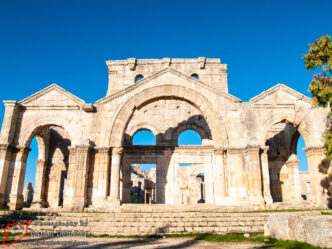
Qalaat Samaan قلعة سمعان
The most impressive archaeological site in the countryside of Aleppo (حلب) is the remarkable Byzantine religious complex known today as Qalaat Samaan …

The most impressive archaeological site in the countryside of Aleppo (حلب) is the remarkable Byzantine religious complex known today as Qalaat Samaan …
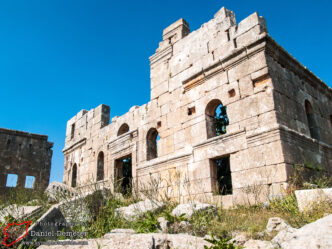
Deir Samaan (دير سمعان) is one of the most noteworthy Byzantine sites in the region, but is surprisingly overlooked by many visiting …
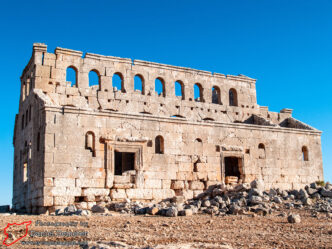
The Byzantine church at al-Mushabak (المشبك) was described by archaeologist Howard Crosby Butler as “one of the most perfectly preserved of all …
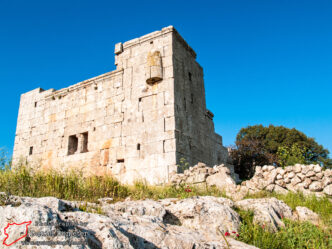
Sheikh Suleiman (شيخ سليمان) is one of the more impressive the Byzantine-era sites in the western countryside of Aleppo (حلب). Located in …
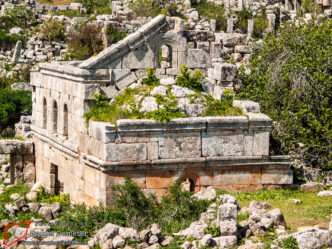
Sinkhar (سنخار) was a fairly extensive Byzantine settlement in the southeastern reaches of Jebel Samaan (جبل سمعان). While the state of preservation …
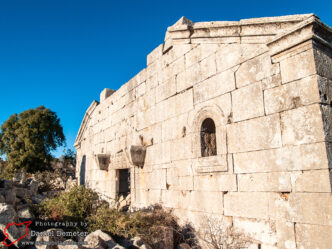
The village of Kaluta (كالوتا) has an impressive collection of Byzantine remains which include numerous churches and several villas. Although a modern …
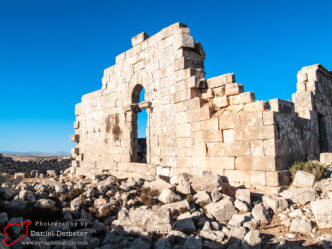
Overlooking the village of Kaluta (كالوتا) to the east is the impressive Byzantine church complex referred to as Qalaat Kaluta (قلعة كالوتا). …

Serqaniya (سرقانيا) is a moderately sized Byzantine-era settlement that features the remains of two churches and several villas and underground tombs. Situated …
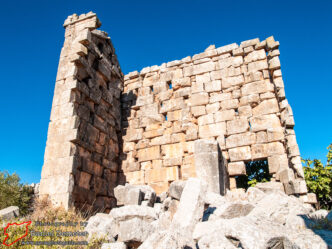
The small village of Qatura (قاطورة), on the northern side of Jebel Sheikh Barakat (جبل الشيخ بركات), has an interesting collection of …
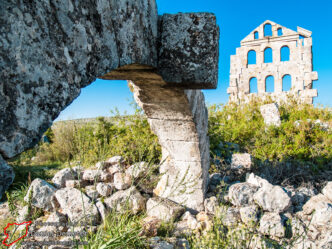
Just a short hike up a hillside opposite Qalaat Samaan (قلعة سمعان) is the small Byzantine site of Taqla (تقلا). This settlement …